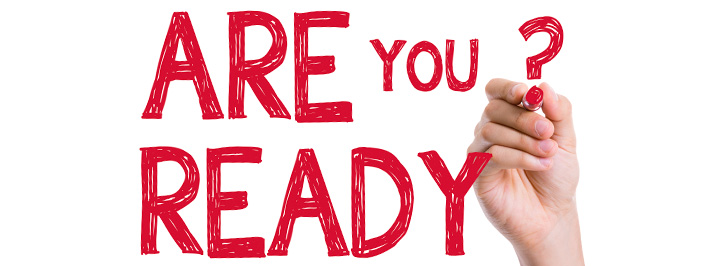Planning for disaster is essential in business.
You need to communicate what’s happening to your employees . . . and to a whole bunch of people outside of your company. None of it is fun, and all of it is necessary. Because it’s not particularly pleasant to think about, some SMB owners just put off making a plan.
Big mistake. Huge.
Your disaster recovery communication plan is what helps your company continue critical operations no matter what else is going on. And it can save your reputation.
Whether the disaster is an earthquake, a data leak, a network failure or something else, having a plan in place will help you save face when it all goes south. Here’s how to develop the perfect post-disaster communications plan.
1. Assign disaster recovery positions
The most important aspect of disaster recovery is reducing stress and confusion. Assigning roles will help. That way, everyone knows what to do when something happens.
Smaller companies may choose to have just one person in charge of communicating everything to internal employees and vendors. This is often the business owner or executive.
But we discourage that. After all, what if that one person is out of pocket or affected by the disaster? You know what they say about putting all your eggs in one basket . . .
Instead, do what larger companies do. Assign a point of contact for each department, and assign backups. These contacts should communicate essential information with each other. Companies should also assign a team to be in charge of external communications. If you have one, include your marketing director.
Make sure you assign folks to answer company phones or check voicemail, answer emails, manage support needs, and manage social media accounts during the disaster recovery period.
2. Collect essential information
Maintain all emergency contact information for employees in one place. Preferably someplace in the cloud so it’s always backed up and available from anywhere.
Collect phone numbers, including cell phone and home phone, e-mail addresses and home addresses. Also, ask each employee to provide you with at least one emergency contact.
3. Develop priorities
Businesses should always prioritize services for employees and customers who have been directly impacted by the disaster.
Once affected clients and staff are safe and taken care of, you can start to think about everyone else.
Segment employees, clients and potential clients and vendors into groups. Then come up with a plan of action for each. (It’s okay if the entire plan of action for a group is just communication.) Don’t forget to include a plan for media interaction if necessary.
4. Create templates
Pre-created communication templates make it easier and faster to get your message out to different groups in a disaster. While all disasters are different, there are some basic things you can include in each type of message required.
Employees need to know when payment will occur, when they should come back to work, any safety information about work locations, and what information they are allowed to tell other people.
Vendors will simply need to know if they should expect their service or delivery to continue as usual.
Customers need to know what services and products will be available and when> They’ll also need to know of any plans to reimburse or otherwise compensate (discounts, coupons, etc.) them for company downtime.
Finally, come up with a media communication plan.
Many companies do not deal with the media much, opting for a “no comment” answer during disasters. Frankly, that’s easier. But it’s also lazy. The main focus should be on employees and customers. Speaking with the media has the potential to positively affect both groups—if you’re smart about what you say.
5. Make sure everyone knows about it
Hold a meeting to go over your disaster recovery plan so everyone knows about it. Keep the plan and all pertinent information in a binder and let everyone know where it is so that during a disaster they can just open it up and be ready to go.
And don’t forget to include your IT support provider in your communications plan. They can do a lot to help make the entire thing seamless, which goes a long way when you’re dealing with an emergency.
developing-your-disaster-recovery-communications-plan





